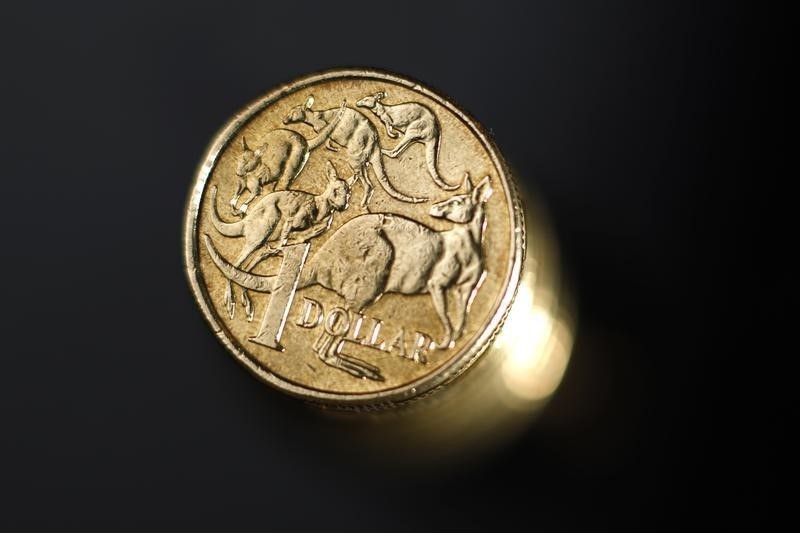By Wayne Cole
SYDNEY, Dec 20 (Reuters) - The Australian and New Zealand dollars nursed hefty losses on Thursday after the U.S. Federal Reserve sounded less dovish on future rate hikes than investors had wagered on, sending equities and risk assets into a spin.
The kiwi took an additional knock after data showed the domestic economy slowed by more than expected in the third quarter, while the Aussie found support from a solid jobs report.
The kiwi dollar NZD=D3 was huddled at $0.6753, having shed 1.2 percent overnight in the wake of the Fed's latest rate rise. Chart support now lies at $0.6706.
The Aussie AUD=D3 idled at $0.7112, after losing 1 percent overnight and touching a six-week trough of $0.70875. It has major support from $0.7040 to $0.7020.
Yet local bonds extended their recent surge amid speculation the Fed's commitment to "some" more rate rises would depress economic growth and inflation, which was already under downward pressure from sliding oil prices. 10-year yields AU10YT=RR hit their lowest since mid-2017 at 2.35 percent, a world away from the November peak of 2.83 percent. The next target is a 2.33 percent low from 2017.
Three-year bond futures YTTc1 also reached their highest since mid-2017 and were last at 98.135. The 10-year contract YTCc1 added another 2 ticks to 97.6300.
New Zealand's 10-year yield NZ10YT=RR dived to 2.405 percent, the lowest since late 2016 and down 47 basis points in little more than a month.
The futures market also climbed 0#NBB: as investors reacted to soft economic data by narrowing the odds on a rate cut next year.
Gross domestic product grew 0.3 percent in the September quarter, the smallest increase in five years and half the pace forecast by analysts. we may see a slight firming of growth in Q4, today's data are indicative of a broad slowdown in the economy," said Ben Udy, head of NZ economics at Capital Economics.
"That explains why we think the Reserve Bank will refrain from raising rates until late 2021."
In Australia, data showed employment rose by a surprisingly strong 37,000 in November, though all the growth was in part-time work. The jobless rate ticked up to 5.1 percent, but only because more people went looking for work. labour market remains in good shape reflecting continued above trend growth and supportive business conditions," said Su-Lin Ong, head of Australian fixed income strategy at RBC Capital Markets.
"However, ample slack remains and suggests that sustained higher wages and inflation will be challenging," she said. "Add to that the shift in the Fed and the odds are rising that the RBA may stay on the sidelines for longer."
The Reserve Bank of Australia (RBA) has kept rates at 1.5 percent since mid-2016 and shows no inclination to change stance anytime soon. (Editing by Shri Navaratnam)
